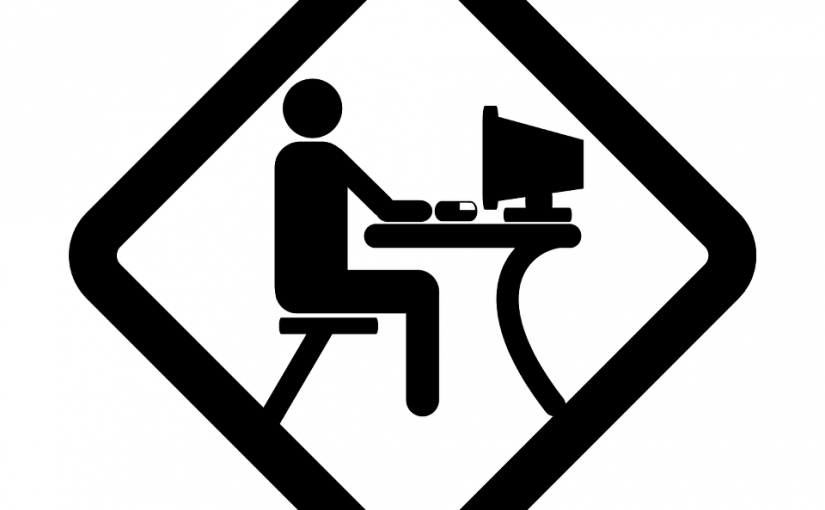Download Google USB Driver, run a text editor (like Notepad) “as Administrator” then open ‘android_winusb.inf’ file inside the USB driver folder. (The Google USB Driver is located in <android-sdk>extras\google\usb_driver\.)
Just add these new lines under [Google.NTx86] or [Google.NTamd64] (depending on whether you are using 32 bit or 64 bit Windows) and save it.
;Olipad 110 or Lifetab P9514 %SingleAdbInterface% = USB_Install, USBVID_0408&PID_B009&MI_01 %CompositeAdbInterface% = USB_Install, USBVID_0408&PID_B009&REV_9999&MI_01
Note:
USBVID_0408&PID_B009&REV_9999&MI_01
USBVID_0408&PID_B009&MI_01
are written in Device Manager, expand Unknow Device, right-click on FGx, Properties, Details tab, Hardware Ids property.
echo 0x408 >> "%USERPROFILE%\.android\adb_usb.ini"
Note: Just add new line with ‘0x408’ value the VID (Vendor ID) number (VID_0408) written like hexadecimal format into ‘adb_usb.ini’ file that is located in C:\Users\<username>\.android\
Now Google USB Driver are configured to support FGx hardware.
To be able to use adb and other SDK tools with your device, you can proceed as follows:
- On your tablet, go to Menu > Settings > Applications > Development and enable ‘USB Debugging’.
- Connect your Android Hardware Device to your computer’s USB port. You will get a notification that some drivers were not installed, which is OK for now.
- Right-click on Computer from your desktop or Windows Explorer, and select Manage.
- Select Device Manager in the left pane of the Computer Management window.
- Locate and expand Unknow Device in the right pane.
- Right-click FGx and select Update Driver. This will launch the Hardware Update Wizard.
- Select Install from a list or specific location and click Next.
- Select Search for the best driver in these locations; un-checkSearch removable media; and check Include this location in the search.
- Click Browse and locate the USB driver folder. (The Google USB Driver is located in <android-sdk>\extras\google\usb_driver\.)
- If you get any warnings prompts telling you that the driver might not be compatible, just choose to continue installing.
- Once the drivers have been installed, you should be able to use adb with your device.
- To confirm that your device is recognized, launch a Command Prompt window and enter these commands (adb tool is located in <android-sdk>\platform-tools\.):
adb kill-server adb start-server adb devices
If you see your device name or a few numbers as the output under the list of devices, your device is now recognized by adb.
Did my solution solve your problem?
